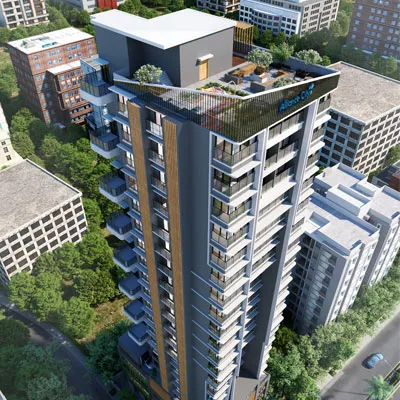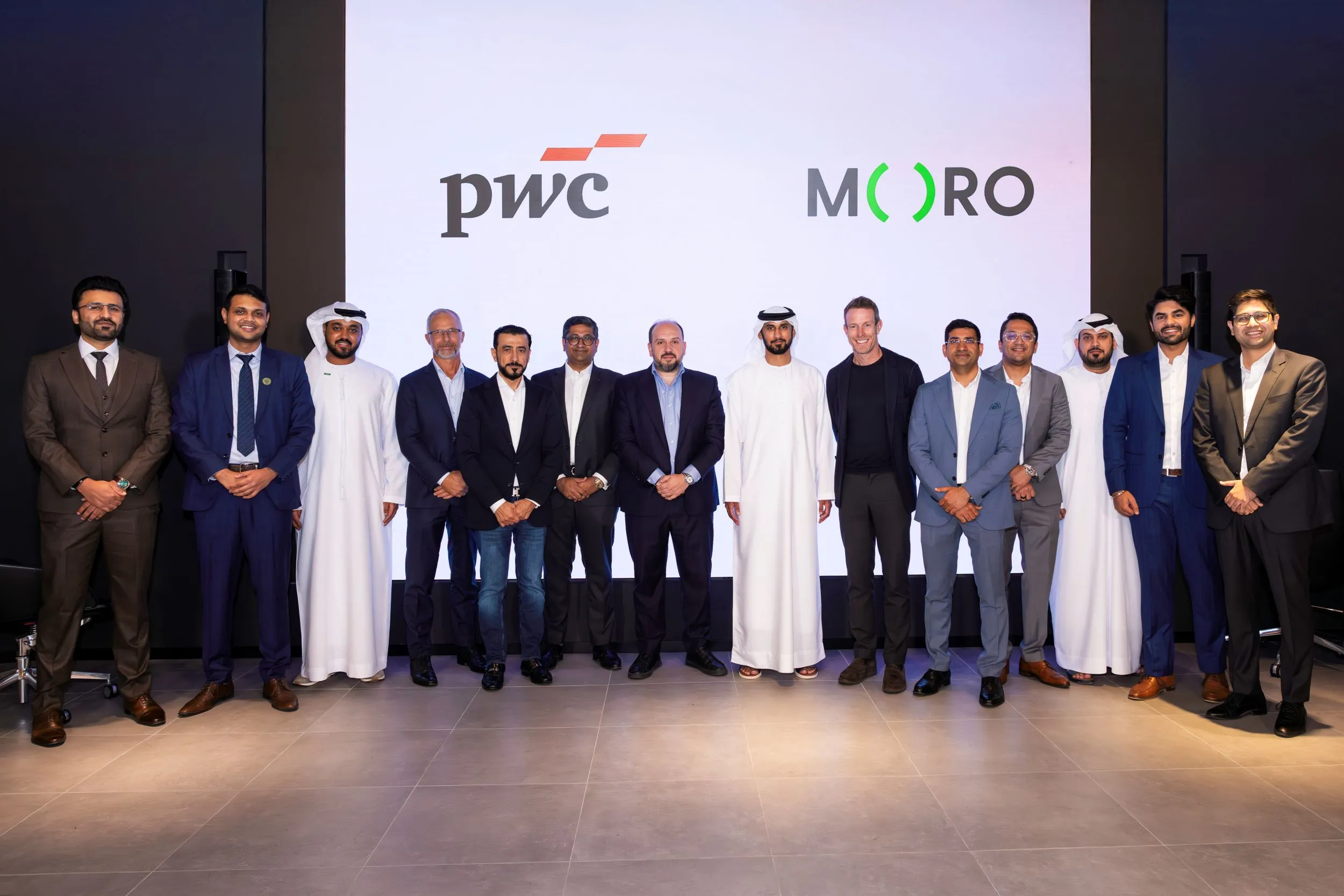The Centre’s masterplan indicates a list of mega infrastructure projects. While the Gati Shakti is considered a huge step towards achieving India’s $5 trillion economic goal, reports indicate that India would need five times more spending towards infrastructure development to get there. Given the current global economic slowdown and increasing inflationary pressures, private investment will be the key to success.
Setting the tone
While the Union Budget has set the right tone to attract private-sector investment,
Padmanabhan Raja Jaishankar, Managing Director, India Infrastructure Finance Company (IIFCL), says, “I have always held that capacity generation is done best by the public sector and obviously the infrastructure sector is the driver. The sector is in its transformation stage to the third decade. If you need private investments, you need a system that builds confidence not just among investors and developers but other stakeholders. In the beginning, we saw buoyancy in the PPP model that was introduced. From 2006-2015, we saw a spade of private investments. This was followed by a lull between 2015-2020. But now again we see revival.” The sector has had its learnings in the beginning, especially on the structural side with land acquisition, delayed approvals, contractual obligations, the long-term nature of infrastructure, and contracts that demanded redressal and renegotiations. Despite the lack of a system, the successes were greater than the failures.
Jaishankar also points to the Kelkar committee that recommended many suggestions for institutional reforms that went into effect in 2016 and are now bearing fruit. “We are seeing financial issues being sorted out with the consolidation of banks, new-age financial instruments such as InvITs, and renegotiation clauses. All this builds visible confidence in private players. Over the last two years, we have seen an increase in bond investors. The latest bond issuance of the NHAI InvIT is witness to retail investor participation. These will build onto tradability and, consequently, liquidity and debt.” The 19 InvITs have AUMs worth Rs 2.5 trillion. This has proven to be a good instrument for the release of capital for existing developers.
For the developer community, marquee projects are coming up. A number of sectors are participating in PPP such as power, transmission, renewables, airports, railways and ports. The HAM model has also now come into play. The demand for larger projects is growing, which are now driven by technology, and so is their cost. The number of developers cannot keep pace with the demand. This is where the HAM model can play a role.
For his part, Vinayak Pai, Managing Director, Tata Projects, says, “Private-sector investments will only accelerate this year and beyond. Some contributing factors will be the PLI scheme and the China+1 policy for multinationals. FDI is picking up in segments like semiconductor manufacturing and data centres. As capacity utilisation is up, new investments will come in as they cross 75 per cent. And the past year was the first full year post-COVID. It takes time to build investor confidence. Yet, many movements that will encourage growth are happening.”
In Pai’s view, availability of contractors is a challenge as the lumpsum EPC is unique to Asia where the risks are passed to the contractor. That’s the reason for limited players who often struggle with delays and overruns. “To get more players established, we have to make our investments predictable. I am not a big fan of 100 billion investments because half of it goes into funding delays and overruns rather than completing projects on time. This is where effort is required.”
There is a shortage of manpower at most sites in India. While NHAI and the transport ministry have set the standard where smaller contractors are encouraged to work on highways, technology and digitisation are absolutely critical. Pai emphasises upon the need for wider adoption of technology and AI to drive performance.
Focus: Railways and Roads
The Budget has given railways and roads primary focus. Of Rs 10 trillion, Rs 5 trillion have been allotted to these two sectors.
“Roads and highways and railways have had three times more capex allocated to them in the past four years,” affirms Jagannarayan Padmanabhan, Director & Practice Leader Consulting, CRISIL Market Intelligence and Analytics (MI&A). “To that extent, this Budget continues to follow a trend rather than shifting gears. Of the split between the two, a significant uptick has happened on roads; a 30 per cent growth just this year. Traditionally, allocations used to happen but never absorption. At least, these two ministries have been able to absorb the expenditure.”
In his view, the roads and power sectors have shown how the private sector can be brought in intelligently. “The Gati Shakti framework is more on the railways, and will take another three to four years to yield benefits.: Even on a dedicated freight corridor, the Gati Shakti terminal has been bid out and a private player has won it. If such terminals are built in a transparent manner, private investments will follow.
In terms of multimodal logistics, freight is being given importance, adds Padmanabhan. “Today, nobody is complaining of a bad road. It is a significant step up in the last decade and we are making similar transitions in the railways.” Going forward, he hopes for a modal shift from roads to railways. The objective of the National Rail Plan is to create 50 per cent of freight movement to come through the railways; today, it is less than 30 per cent.
Sustainability matters
The sustainability and green energy focus has been a major part of not only this Budget, but the industry as a whole.
As for special incentives available to promoters and investors in green energy, Jaishankar says, “We have set a decent target for ourselves and the Prime Minister has already announced the net zero target by 2070. Going from almost a negligible proportion, the renewable energy mix has now become significant, occupying almost 30 per cent of the energy mix. Fossil fuel-based energy is reducing in proportion.”
The Government has also announced green bonds and some energy players have raised green bonds to the tune of $ 6.8 billion globally. In the international market, one does see incentives owing to the presence of verifiers in addition to certifications. “In India, we need to develop a verification system to build the eco-system,” adds Jaishankar. “As we are just beginning to develop the market, incentives are slightly difficult. But more market-based incentives can be included going forward.”
In the case of green bonds, policies are being drafted by the state governments along with the Centre. The RBI policy mentions bringing out a paper on green deposits. “I do not know if there are any standards prescribed for it,” comments Jaishankar. “But there is a push and promotion for it. The green deposit may be perceived as a specialised aspect and could be used to shore up liquidity in the system.”
Project execution: Overall growth
The focus is now on the benefits the construction industry will reap from the increased budget spend and the money coming in from private investments.
“It would be a directly proportional relationship between the two,” believes Madan Sabnavis, Chief Economist, Bank of Baroda. “If the Government is spending, especially on roads and housing, you could expect a multiplier effect in terms of overall growth and backward linkages to the related sectors.”
That said, project completion and delays have been plaguing India, globally but more so in India. “Predictability of projects is a definite challenge, and the reasons are manifold,” says Pai. He shares that, in India, little time is spent on the front-end definition of the project and planning before tendering, whereas, globally, almost 25-30 per cent of the effort is done before the tender is out and the concept is finalised. “A clearer front-end definition and more thoughtful planning before tendering is key.”
Sabnavis questions if RBI increasing interest rates is a factor that comes into play during cost overruns. Also, can an increase in global commodity prices affect execution? To this, Pai responds, “To some extent, ministries recognise this and there are price variation clauses attached to the contract. If commodity prices go up, based on some indices, the cost is recalibrated. The cash cycle liquidates the ability of EPC companies to do things in time. In addition to poor front-end definition from the Government, there is a convoluted process for dispute resolution due to a lack of definition.” He cites that the problem for the industry is not profitability or volume; it's working capital.
Improving cash flow of contracting firms
EPC contractors undeniably face high interest rates and cashflow issues in both government and private projects.
Padmanabhan calls it an age-old problem with age-old solutions. “At the level of the Centre, there is a certain amount of capacity building, at least in the ability to put out meaningful projects. At the state level, there is not as much capacity.” However, to reach a Rs 5 trillion economy, we need capacity building, technology transfer and monitoring. Many of these factors have financial implications. “Good project preparation, institutional capacity, some trust in the private sector and resolving outstanding issues efficiently can go a long way for us.”
“In the late 90s, when we decided to go in for universal banking, we had specialised DFIs with knowledge about financing infrastructure and other long-term purposes,” says Sabnavis. “This was lost along the way. It was felt that commercial banks could do it and they have a basic ALM [application lifecycle management] mismatch.” A bank’s normal long-term lending period is for three to five years, not 10-15 years. “Now we have NaBFID and we need to see how it takes off. The thought process was to have a parallel development of the corporate bond market and specialised instruments through which infra companies could borrow. This, too, did not pan out as expected. RBI brought in certain enhancements for infrastructure projects that banks have not really taken on. Everyone prefers safer lending options.”
Sabnavis maintains a return to the concept of DFIs, though he is not sure how it will work out now after pushing them out 20 years ago. While REIT and InvIT are good ideas, given the sheer volume of investments, he questions: “Do we have a clear idea of how we can finance them?”
Enhancing construction progress
One significant factor to enhance construction progress is technological intervention. Different industries in the EPC and construction space are at different levels of maturity. Pai shares the example of the oil, gas and hydrocarbon businesses and how they never undertake a project without a 3D model, completely integrated with all details, bills of quantities, safety, and more. “The construction industry unfortunately sees this as a cost without understanding the benefits,” he says. “In one of our projects, we are integrating our planning into the BIM models; even approvals are done through an app. It’s all there. What matters is the will to implement it and see the value instead of the cost.”
Clearly, the increased budget spending will positively impact the sector. In addition, Rajshekhar Saha, Director - Capital Projects and Infrastructure, PwC, points to other enablers, like better contracting mechanisms, dispute resolution, better front-end engineering and DPRs before tendering. Also, the risk sharing between stakeholders needs to be balanced to enable effective progress.
All considered, increased government capabilities, the introduction of technology and new guidelines under PPP/EPC bode well for a brighter future.
- SHRIYAL SETHUMADHAVAN
How can we realise the dream of accelerated investment and backward linkages?
Madan Sabnavis, Chief Economist, Bank of Baroda, shares his perspective:
From 2013-17, India had a really high investment rate, in the region of 32-34 per cent of GDP. Then, after the NPA controversies in the banking sector, there was a rapid decline in the investment rate. It had come down to 26-27 per cent of GDP; today, we are in the region of 28-29 per cent.
When we had these high growth rates of investment; our capital formation rates had reached 33-34 per cent, which is required to build a $5-7 trillion economy. These are idle numbers we are talking about, though; at the end of the day, investment must drive growth. If we don’t see this kind of investment, despite signs of revival, we will not be able to achieve this growth.
Everyone is impressed and going slightly overboard with the Rs 10 lakh crore economy. India will have around Rs 300 trillion GDP in 2023-24. Assuming 30 per cent of will be investments, 90 trillion has to be financed. Who will invest? When the Central Government aims to do 10 trillion, 1/10th of the total, in my mind, we have to be a bit guarded.
The Central Government is playing its role to increase its capital outlay. But at the end of the day, it is the private sector that has to chip in and drive the balance. The state governments are also spending on capex and it is comparable to that of the Centre.
A private entity will not invest unless there is a return on equity, assets and shareholder value; they have to be profitable. Whereas, the Government has no such constraints because they don’t make a profit and are bang on target on the capex. States don’t have the same advantages as the Centre because they are constrained by the fiscal deficit number. They can spend 3-3.5 per cent of GDP or GSDP; for anything above that, they need to get special permission from the Centre and RBI, which doesn’t come easily. The FRBM rules actually constrain the states.
When we look at the Rs 10 trillion mark, Rs 1.3 trillion is actually transfers given to the states. It is in fact an Rs 8.7 trillion spending that the Government is doing. Of the distribution of this, the largest sector receiving it is railways, followed by defence and roads.
Interestingly, states have been found to not spend immediately. While they do spend a lot on construction, roads and rural infrastructure, they go slow in the first six months. The majority of the states spend only 20-30 per cent of the allocation in the first seven months. Once they see the revenue increasing from the Centre, they expedite the process. In case they realise that the revenue is not increasing, they cut down on the discretionary expenditure and, therefore, the capital expenditure.
Apart from capex, a lot of expenditure comes in through the Pradhan Mantri Awas Yojana, which is actually a revenue expenditure. It has been a significant factor when we talk of the construction industry because it provides subsidies and incentives for housing, both urban and rural.
The Central Government is definitely one of the drivers of investment in the economy. But, eventually, the private sector needs to come in. When the Centre decides to construct a road, it requires cement, steel, chemicals and more; as the demand for these go up, there is a tendency for capacity utilisation to go up too. Automatically, one goes in for a fresh round of investment and that is how the circle really begins.
Remarkably, nobody seems to be unhappy about the Budget. But this is a zero-sum game. If the Government is spending Rs 10 trillion on investment or capital expenditure; they have actually cut down on expenditure elsewhere. They have cut down on subsidies, rural and relief programmes, and more.
This is what we economists have been saying – try and cut down on revenue expenditure wherever possible. This is a bold decision because this is the last Budget before the elections in 2024, when we will have an interim budget, to begin with. Therefore, we all expected certain populist decisions. The Government realises that even though we talk of the economy as the fastest growing, there is something lagging in private investment. While the logical explanation is that once the Government starts spending, it will crowd in private investment, the questions we need to ask are: Why has it not happened in the past four years? What is holding us back?
The Budget is only one aspect to bring about growth. There are policies outside the Budget as well, and we should keep an eye on these. The Budget just gives us an indication that the Government is spending a certain amount of money. We need the private sector to follow up. Only then, can we realise the dream of accelerated investment and backward linkages.




















